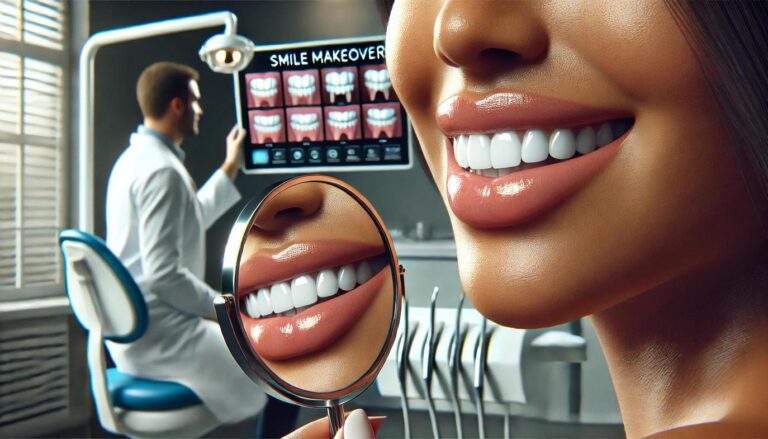A steady hand and strong knowledge base aren’t enough anymore. Aesthetic dermatology training builds the precision, confidence, and business acumen that modern practitioners need.
Why Training Matters More Than Ever
Patients want results they can trust. They’re turning to medical professionals who blend skill with artistry. And that’s not something you pick up overnight.
Understanding facial anatomy isn’t optional. It’s the foundation of safe, effective treatments. Knowing where to place botulinum toxins or how deep to inject a dermal filler demands more than guesswork. Training keeps mistakes from becoming complications.
Aesthetic procedures are rising in demand. So is competition. Those who invest in learning stay ahead. They adapt faster, provide better treatment, and develop stronger practices.
More Than Just Injections
Aesthetic dermatology isn’t only about Botox and dermal fillers. Courses now cover a wide spectrum—chemical peels, platelet-rich plasma, stem cell therapy, and cosmetic lasers.
Each tool calls for a specific technique. Without hands-on training, it’s easy to get it wrong. That’s why courses focused on hands-on practice are becoming the gold standard.
The aging face presents unique challenges. A program rooted in facial analysis and anatomy gives doctors and nurse practitioners the clarity to treat patients without guesswork.
What Makes a Program Worth It?
Look beyond certification. Great training includes business education, ongoing support, and access to the latest techniques in aesthetic medicine.
Some of the most respected programs focus on teaching aesthetic procedures through repetition and real-world cases. More hands-on equals more confidence. And that’s what patients look for.
Programs that teach both the medical and business sides of aesthetic medicine training help build a successful aesthetic practice. Profitability depends on more than skill. You need strategy too.
Who Should Join?
Physicians, dentists, nurse practitioners, and registered nurses are all stepping into aesthetic medicine. Many are board certified in other fields and want to expand into aesthetic practice for flexibility and growth.
It’s not just about performing treatments. It’s about building a practice. A profitable aesthetic practice needs repeat clients, consistent branding, and a steady stream of referrals.
Those ready to treat facial aesthetics seriously should focus on hands-on training. Reading about dermal filler training isn’t enough. You need to inject, assess, and correct it in realtime.
Practice Is the Teacher
Technique comes with repetition. Facial anatomy reveals more with every patient. Every injection refines the art.
Training courses offer a safe environment to learn, make mistakes, and ask questions. The best ones let you work with live models under close supervision.
Programs based in Beverly Hills and other centers of cosmetic dermatology practice often lead the field in offering the most current treatments. They’re also first to spot shifts in patient expectations.
From First Course to Successful Practice
Doctors don’t become confident injectors in a weekend. Growth in aesthetic medicine comes from continuous education and real-world practice.
The best aesthetic training courses don’t stop at basic dermal filler or Botox training. They move into advanced treatments, patient psychology, complications, and even social media for clinics.
The blend of science, business, and patient interaction defines successful practice in this space. Aesthetic medical professionals who invest in their skills often find that demand catches up quickly.
Staying Ahead with the Latest Techniques
Cosmetic dermatology is evolving. New materials, faster techniques, and better tools—all change how treatments work.
Stem cell therapy and platelet-rich plasma are shifting how we think about regeneration. Lasers are getting more precise. And clients expect results with minimal downtime.
Aesthetic dermatology training includes updates on these developments. Without them, practices fall behind. With them, you lead.
The Business Side of Beauty
Doctors with business training make better owners. They know what to charge, how to market, and when to reinvest.
Running a successful aesthetic practice means knowing more than anatomy. You also need to track your numbers, manage staff, and build your brand.
Some courses include business modules or mentorship programs. Those extras often make the difference between a full calendar and an empty clinic.
The Human Touch Matters
Patients remember how you made them feel. That’s why aesthetic medicine isn’t only about skill. It’s about communication, trust, and follow-up care.
Great training teaches more than just how to inject. It covers how to explain risks, set expectations, and deal with complications.
The better your training, the better your care. That leads to more referrals, stronger reviews, and repeat visits.
Final Thoughts
No one gets great without practice. Aesthetic dermatology training gives medical practitioners the tools they need to build lasting, trusted, and profitable practices. Programs that offer hands-on training, business coaching, and up-to-date procedures shape the future of cosmetic dermatology.
Frequently Asked Questions
What is the focus of aesthetic dermatology training?
It focuses on practical techniques, facial anatomy, and safe treatment approaches in the medical aesthetic field.
Can aesthetic training benefit professionals working in a medical spa?
Yes, it builds hands-on skills and improves patient outcomes in a medical spa setting.
How does training help address the aging process?
It teaches methods to safely treat common concerns related to the aging process using injectables, lasers, and other aesthetic treatments.
Who can enroll in aesthetic dermatology training programs?
Medical practitioners, including doctors, dentists, and nurse practitioners, can join to gain expertise in aesthetic procedures.




